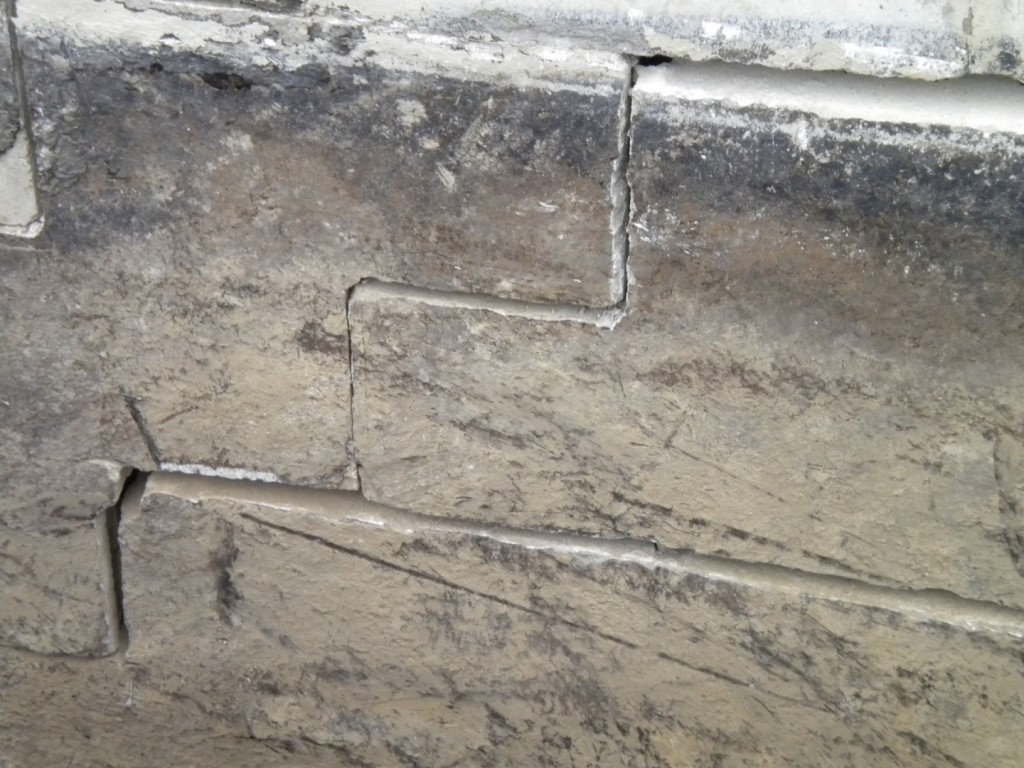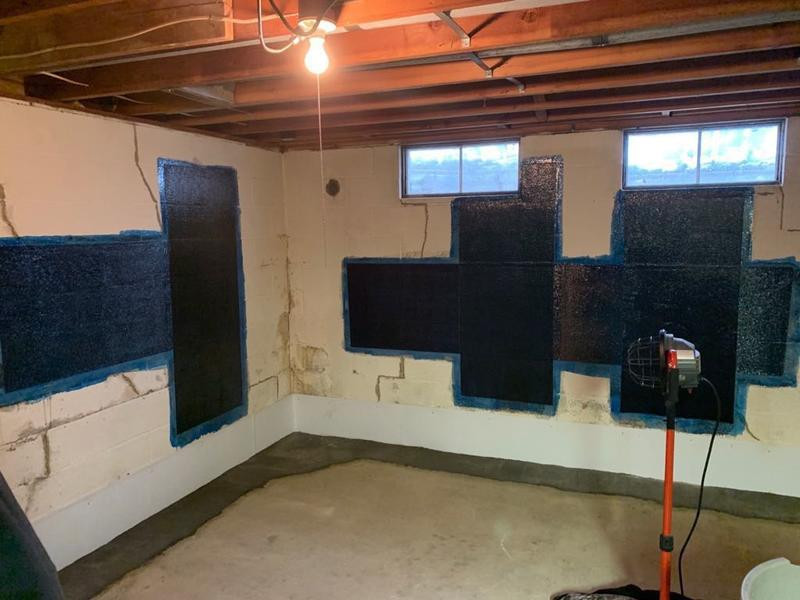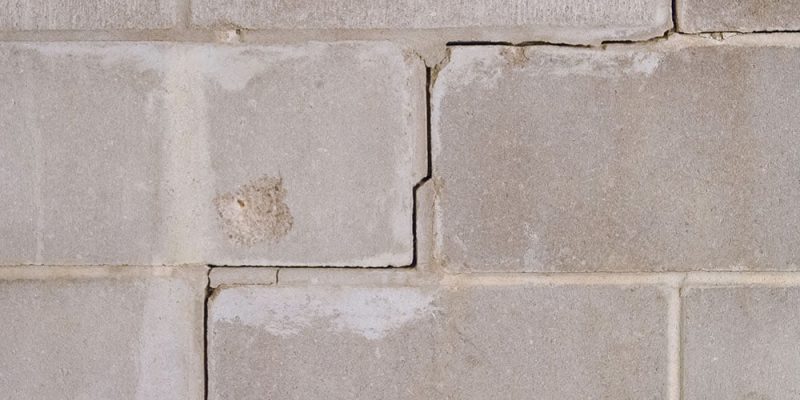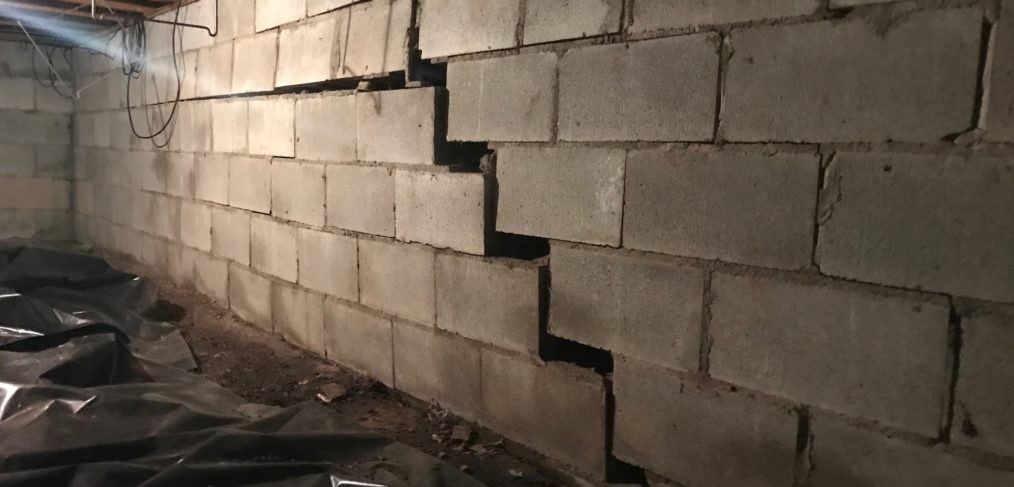The foundation of your home is a critical structural component that supports the entire building. Over time, it may develop issues such as cracks, settling, or bowing walls, which can compromise the stability and safety of your home. Carbon fiber repair has emerged as a highly effective method for addressing foundation problems and improving the health of your home’s foundation. In this article, we will explore how carbon fiber repair can enhance the health of your home’s foundation and ensure its long-term stability.
Understanding Carbon Fiber Repair
Carbon fiber repair is an innovative and proven technology that utilizes high-strength carbon fiber sheets or strips to reinforce and stabilize foundation walls and structures. These carbon fiber materials are incredibly strong and lightweight, making them an ideal choice for foundation repairs. Carbon fiber repair is commonly used to address various foundation issues, including:
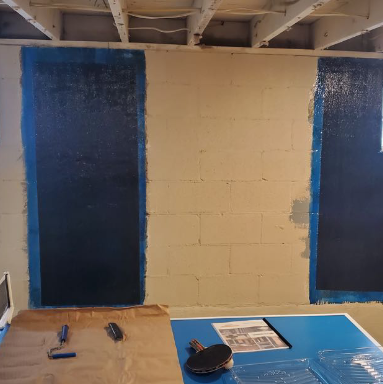
Wall Cracks: Carbon fiber straps are applied to cracked walls to prevent further movement and stabilize the foundation.
Bowing Walls: Carbon fiber strips are installed vertically to counteract the inward pressure of bowing or leaning walls.
Settling Foundations: Carbon fiber repair can help lift and stabilize foundations that have settled due to soil conditions.
Water Intrusion: Carbon fiber can also be used in conjunction with other waterproofing methods to prevent water from entering the basement.
Now, let’s explore how carbon fiber repair can contribute to the overall health of your home’s foundation.
Strength and Durability
Carbon fiber repair provides an exceptionally strong and durable solution for foundation problems. The carbon fiber sheets are incredibly resilient, and capable of withstanding heavy loads and resisting tension forces. Once applied, they create a robust reinforcement system that prevents further damage and maintains the structural integrity of the foundation. Unlike traditional methods that may require ongoing maintenance and repairs, carbon fiber repair offers long-lasting stability.
Non-Intrusive and Minimal Disruption
One of the significant advantages of carbon fiber repair is its non-intrusive nature. Unlike traditional foundation repair methods that often involve extensive excavation and disruption to the property, carbon fiber repair is minimally invasive. Installation typically requires only a clean and dry surface for adhesive bonding, which means no disruption to your landscaping or daily activities. This makes it a convenient and cost-effective choice for homeowners.
Speed and Efficiency
Carbon fiber repair is known for its speed and efficiency. The installation process is relatively quick, allowing homeowners to address foundation issues promptly. There is no need for extended construction timelines or waiting for materials to cure. As a result, you can restore the health of your home’s foundation without unnecessary delays.
Aesthetically Appealing
Carbon fiber repair is a visually appealing solution for foundation problems. The carbon fiber straps or strips are low-profile and can be painted over or covered with wall finishing materials, such as drywall or paneling. This ensures that your foundation repairs remain discreet and do not detract from the overall aesthetics of your home.
Cost-Effective
Compared to some traditional foundation repair methods, carbon fiber repair is often more cost-effective. It eliminates the need for extensive excavation and reconstruction, reducing labor and material costs. Additionally, the long-lasting durability of carbon fiber means that you won’t incur recurring expenses for ongoing maintenance or repairs.
Minimal Maintenance
Once carbon fiber repair is installed, it requires minimal maintenance. The carbon fiber materials do not corrode or deteriorate over time. Routine inspections to ensure the straps or strips remain in place and in good condition are typically all that’s needed. This low-maintenance aspect contributes to the overall health of your foundation by reducing the risk of future issues.
Carbon fiber repair is a modern and effective method for improving the health of your home’s foundation. Its strength, durability, non-intrusive nature, speed, and cost-effectiveness make it a preferred choice for addressing foundation problems. By choosing carbon fiber repair, homeowners can ensure the long-term stability and structural integrity of their foundations, providing peace of mind and protecting their most significant investment—their home.
Contact the Professionals at StablWall Today! (866) 782-5955

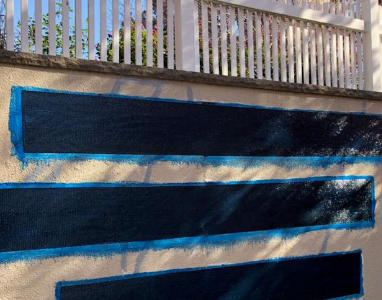
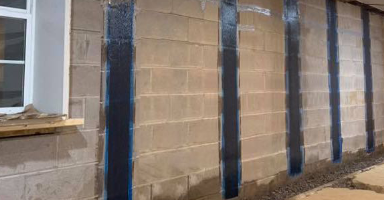
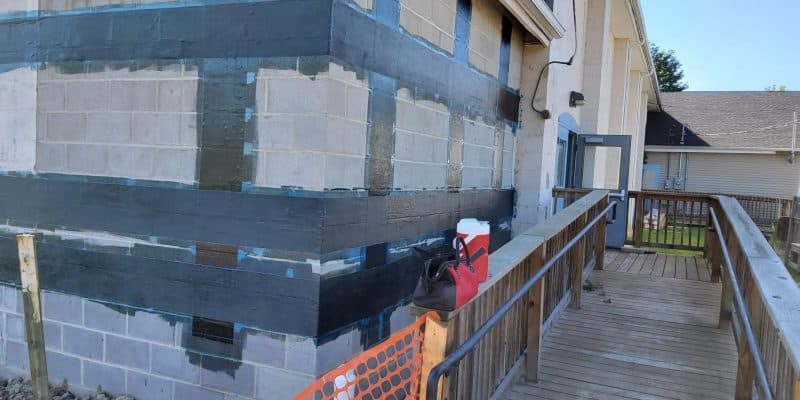
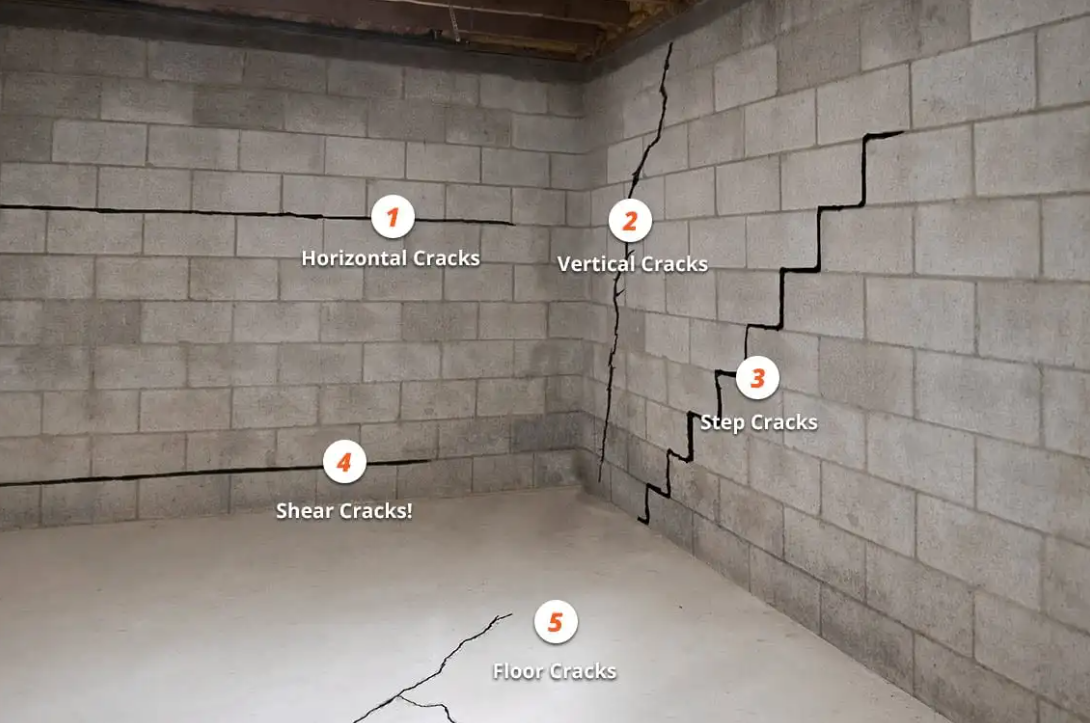
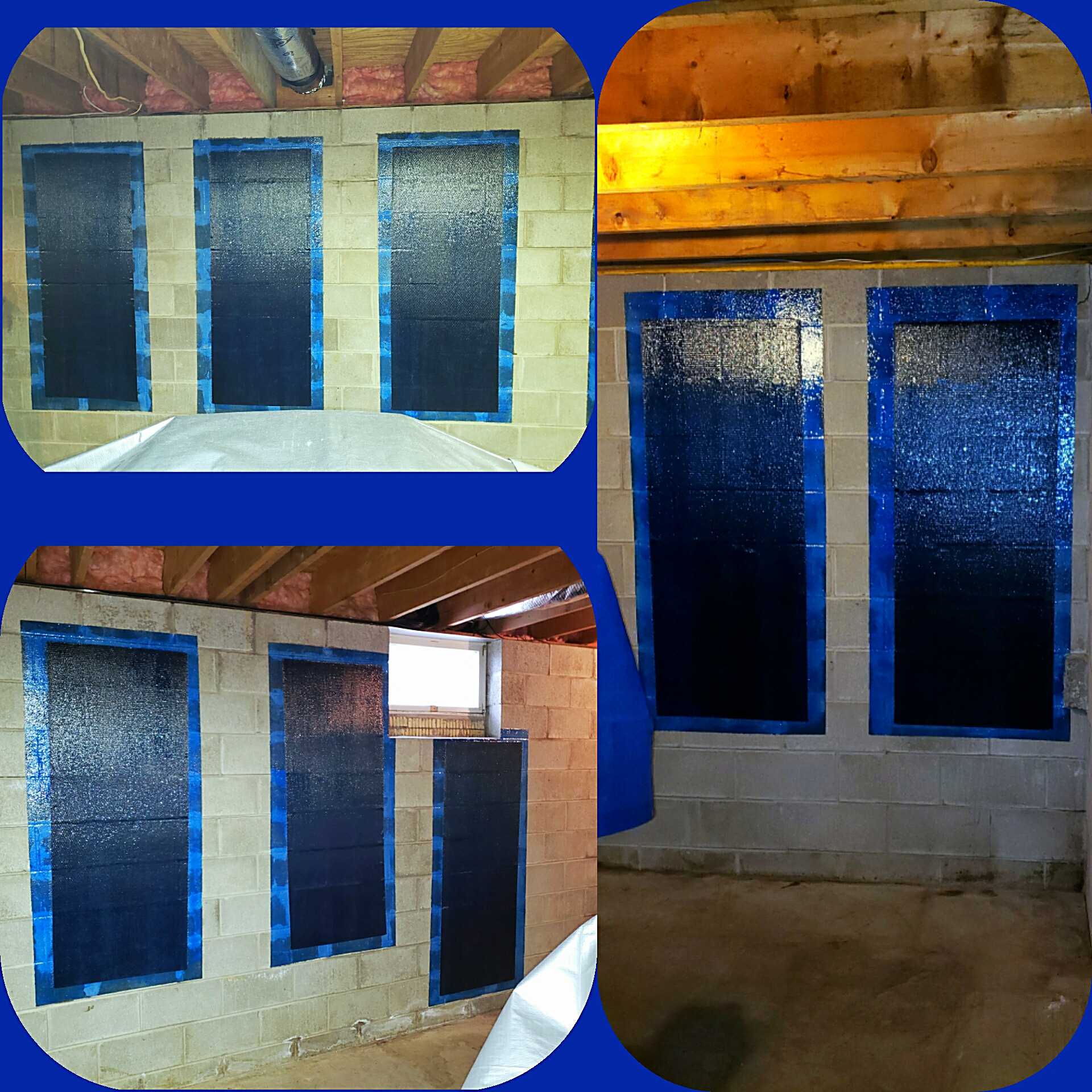

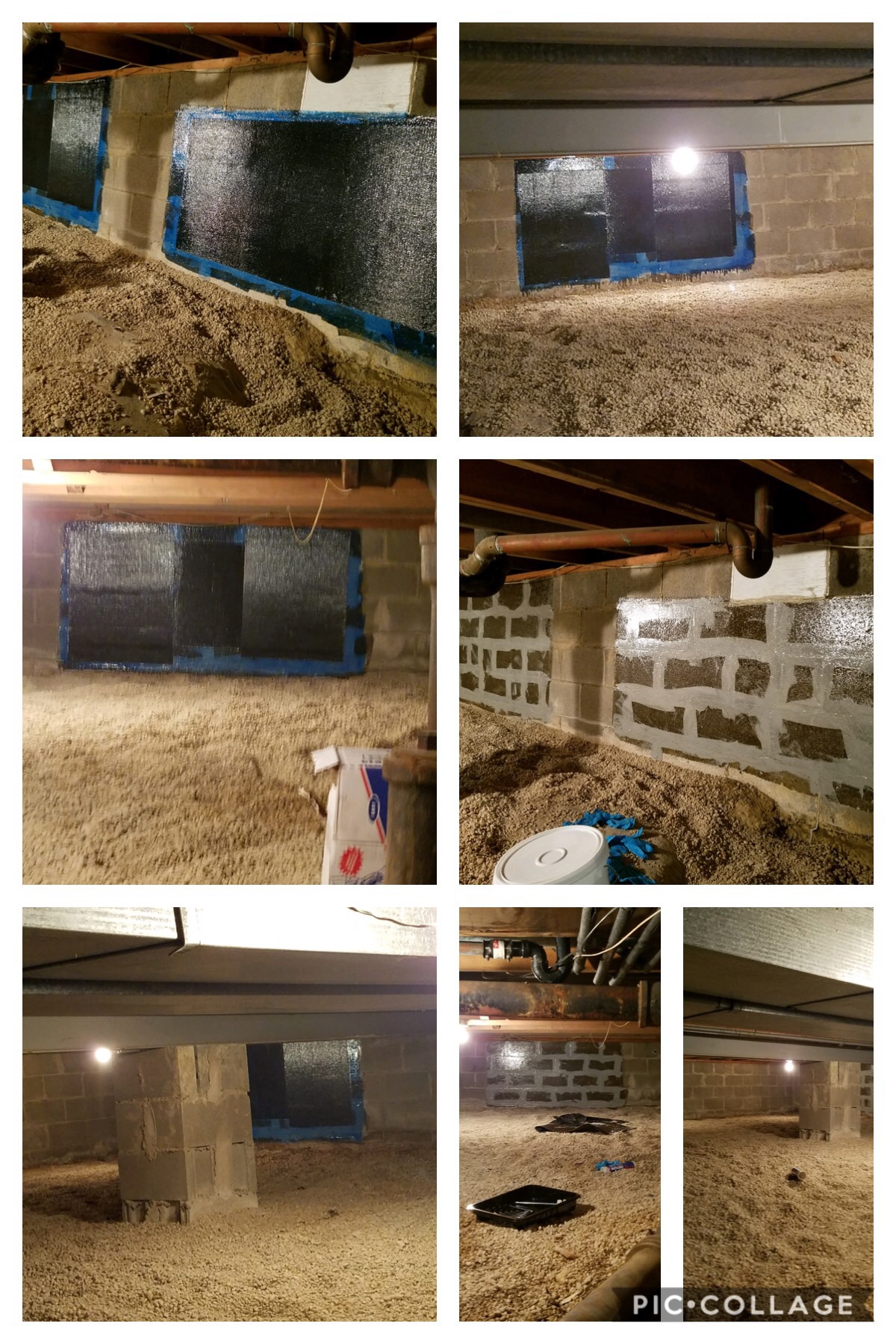

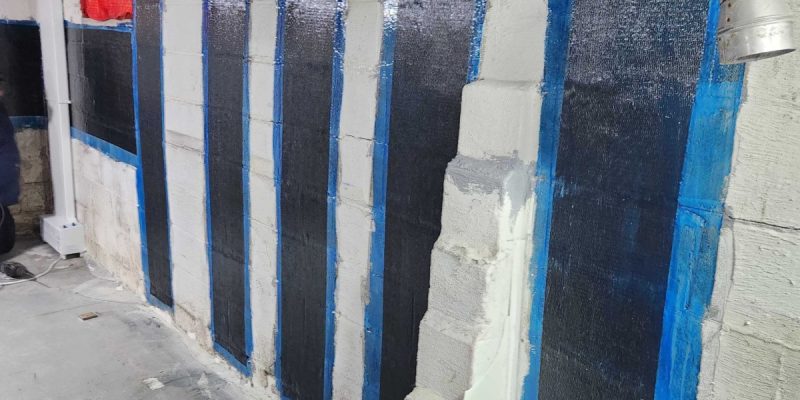
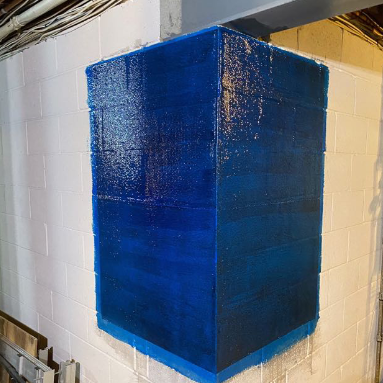
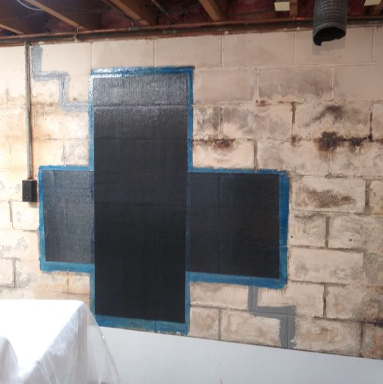
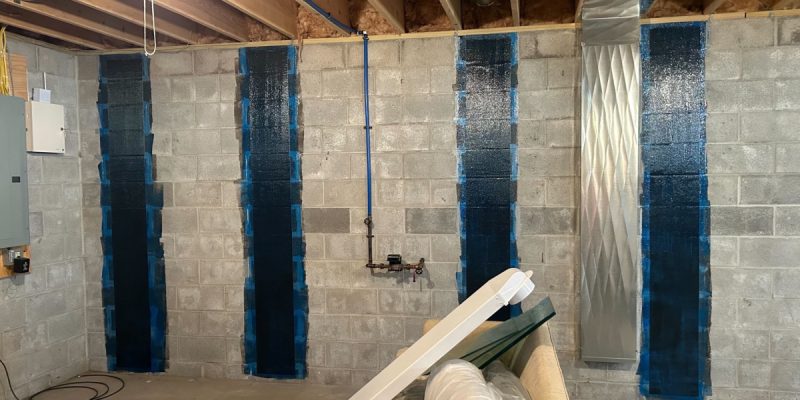
 specialized knowledge of composite materials, resin systems, and manufacturing techniques. Professionals in the field possess the expertise needed to assess damage accurately, determine the appropriate repair methods, and execute repairs with precision. This specialized knowledge is crucial for maintaining the original design specifications and performance characteristics of the carbon fiber component.
specialized knowledge of composite materials, resin systems, and manufacturing techniques. Professionals in the field possess the expertise needed to assess damage accurately, determine the appropriate repair methods, and execute repairs with precision. This specialized knowledge is crucial for maintaining the original design specifications and performance characteristics of the carbon fiber component.
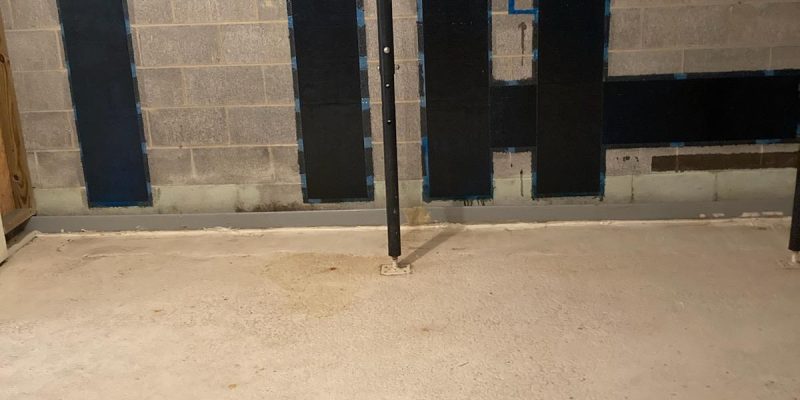






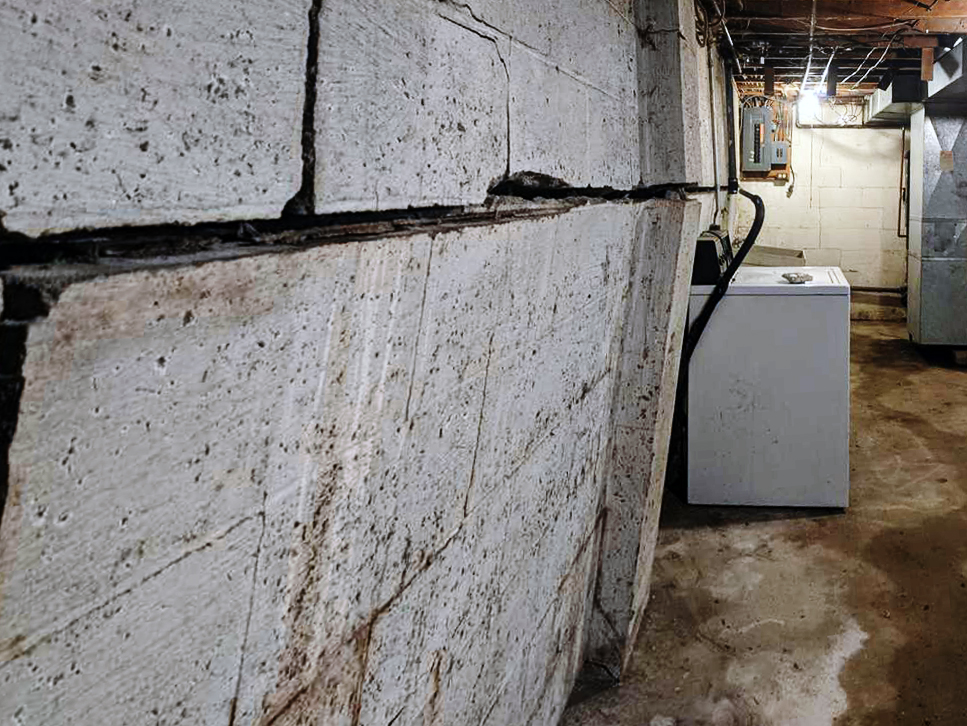 However, the passage of time and various environmental factors can lead to the development of cracks in foundation walls, raising concerns about the structural integrity of buildings. In this comprehensive guide, we delve into the intricate world of
However, the passage of time and various environmental factors can lead to the development of cracks in foundation walls, raising concerns about the structural integrity of buildings. In this comprehensive guide, we delve into the intricate world of  foundation issues becomes evident. Yet, armed with knowledge, we transition to the crucial phase of assessing the severity. Width, location, patterns – these become our guiding stars, helping us chart a course for solutions that resonate with the unique needs of our homes.
foundation issues becomes evident. Yet, armed with knowledge, we transition to the crucial phase of assessing the severity. Width, location, patterns – these become our guiding stars, helping us chart a course for solutions that resonate with the unique needs of our homes.
